Sales increase by 30% in some cases…130 years of humble history! Why “utility pole advertising” is attracting attention
Minimal but outstanding “community-based” advertising media
Television, newspapers, magazines, the Internet, SNS… There are many types of advertising. There are many types of advertisements, but one that has been gaining momentum recently is advertising on utility poles. Production costs are not included, but in Tokyo, ads can be placed on utility poles for as little as 3,000 yen per month (excluding tax).
Utility pole advertisements are commonplace throughout the city. We see them every day, but we don’t really know what they are. How long have utility pole advertisements been around? How much is it? How big are they? We asked Takeshi Yagi, deputy manager of Tohkoh, an agency that handles utility pole advertising in the Kanto region.
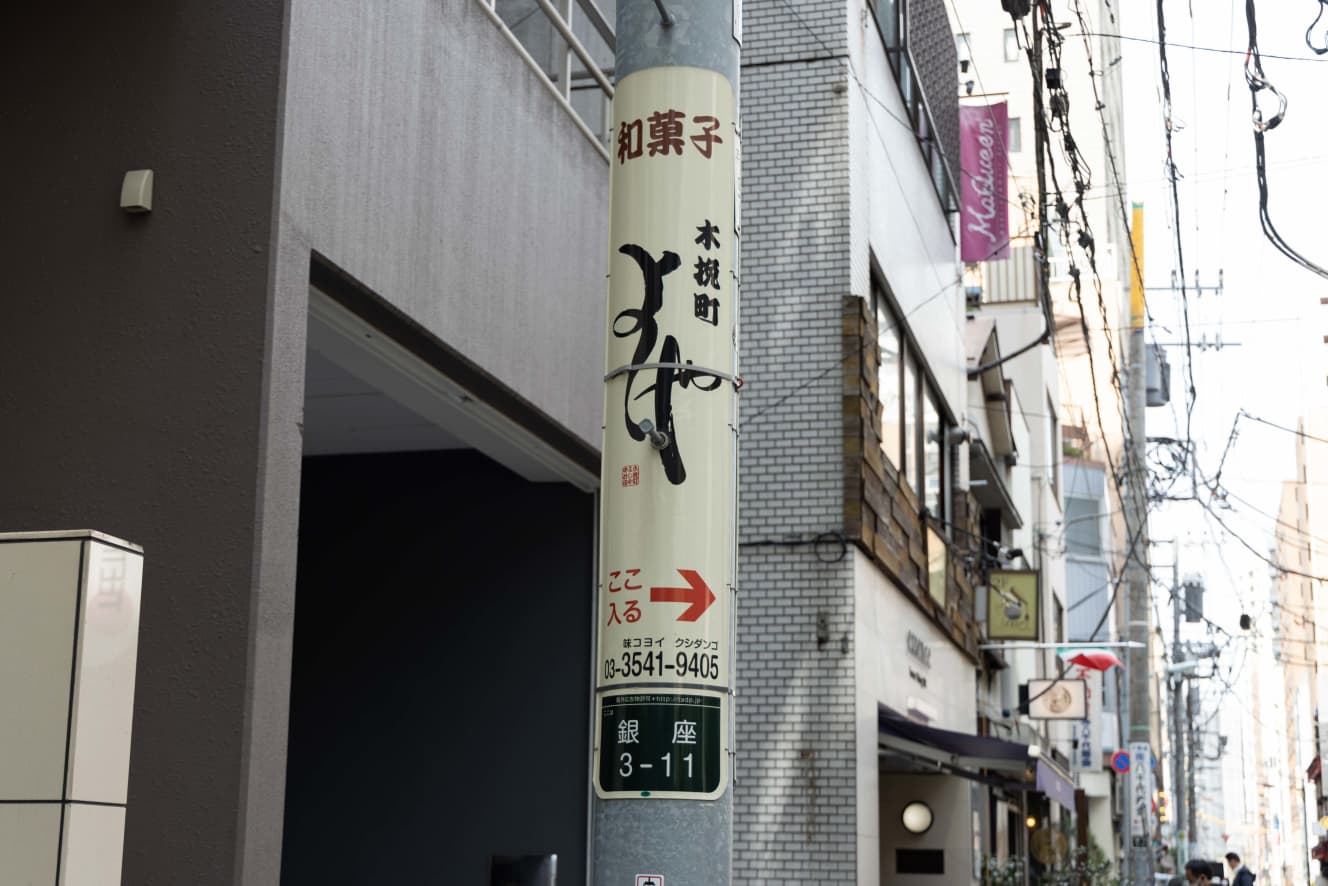
A set of two ads costs from about 3,000 yen per month!
First, let’s talk about the origins of utility pole advertising. According to Mr. Yagi, there is a document that states, “In 1890 (Meiji 23), a company called Tokyo Electric Light, the predecessor of Tokyo Electric Power Company, received permission from the Metropolitan Police Department to use utility poles as a medium for advertising. At that time, they were glass lanterns with light bulbs inside, but they have changed over the past 130 years or so to their current form.
Nowadays, each municipality has its own standards for advertising on utility poles, and we operate in accordance with those standards. We also follow the standards. There are two types of poles: utility poles, which supply electric power, and telegraph poles, which distribute dedicated cables for telephone and fiber optic lines. The electric power companies and telecommunication companies manage both types of poles.
There are two types of pole advertising. In the case of Tokyo, there are “hanging ads,” which are located at least 3.5 m above the sidewalk and protrude from the pole, and “roll-up ads,” which are located 160 cm above the ground, at the same height as the eye level of an average adult, and are wrapped around the pole.
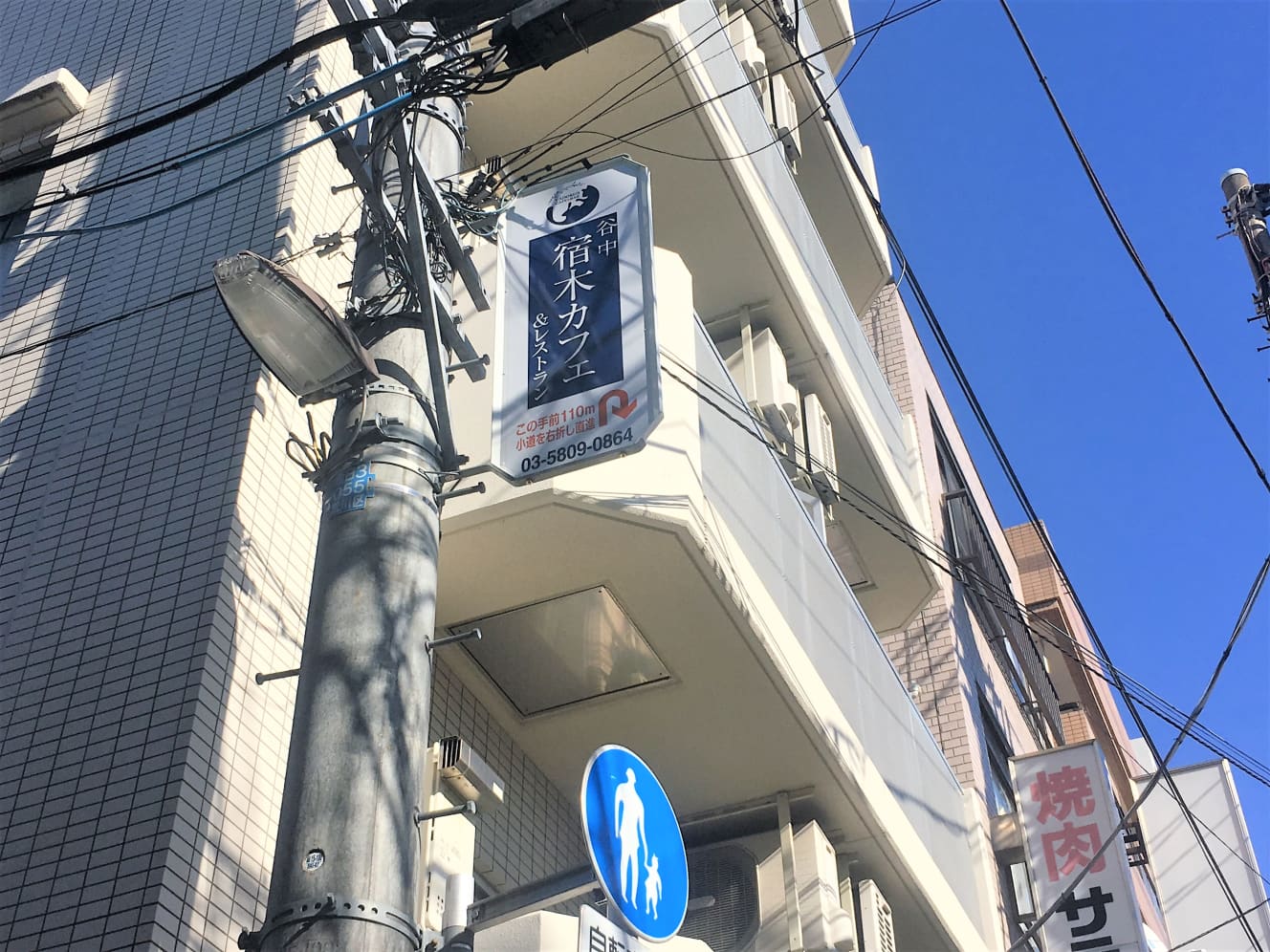
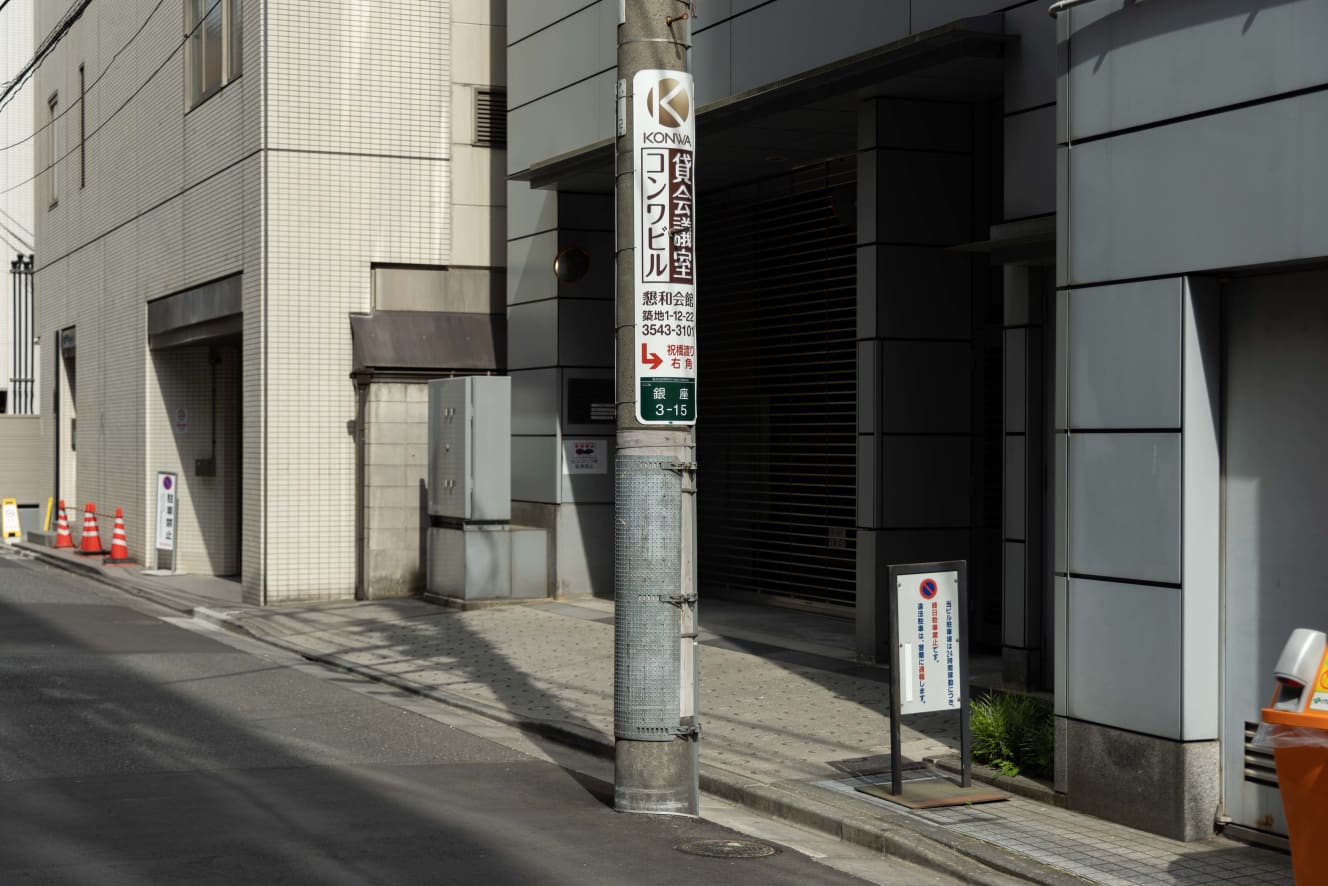
Fees are determined by area: one hanging ad (with ads on both sides) and one set of two scroll ads cost ¥3,000 to ¥6,000 per month in Tokyo and ¥2,400 to ¥3,000 per month in Kanagawa Prefecture (both excluding tax). Simple calculation shows that in the cheapest area of Tokyo, the daily fee would be about 97 yen.
The signboard production fee of 16,000 yen (excluding tax) will be added to the total. The initial contract is for one year and renewed annually. There is no renewal fee. The signboard belongs to the media management company and is treated like a rental, so when the contract is terminated, the signboard will be removed,” said Takeshi Yagi, vice president of Tohkohiro Inc.
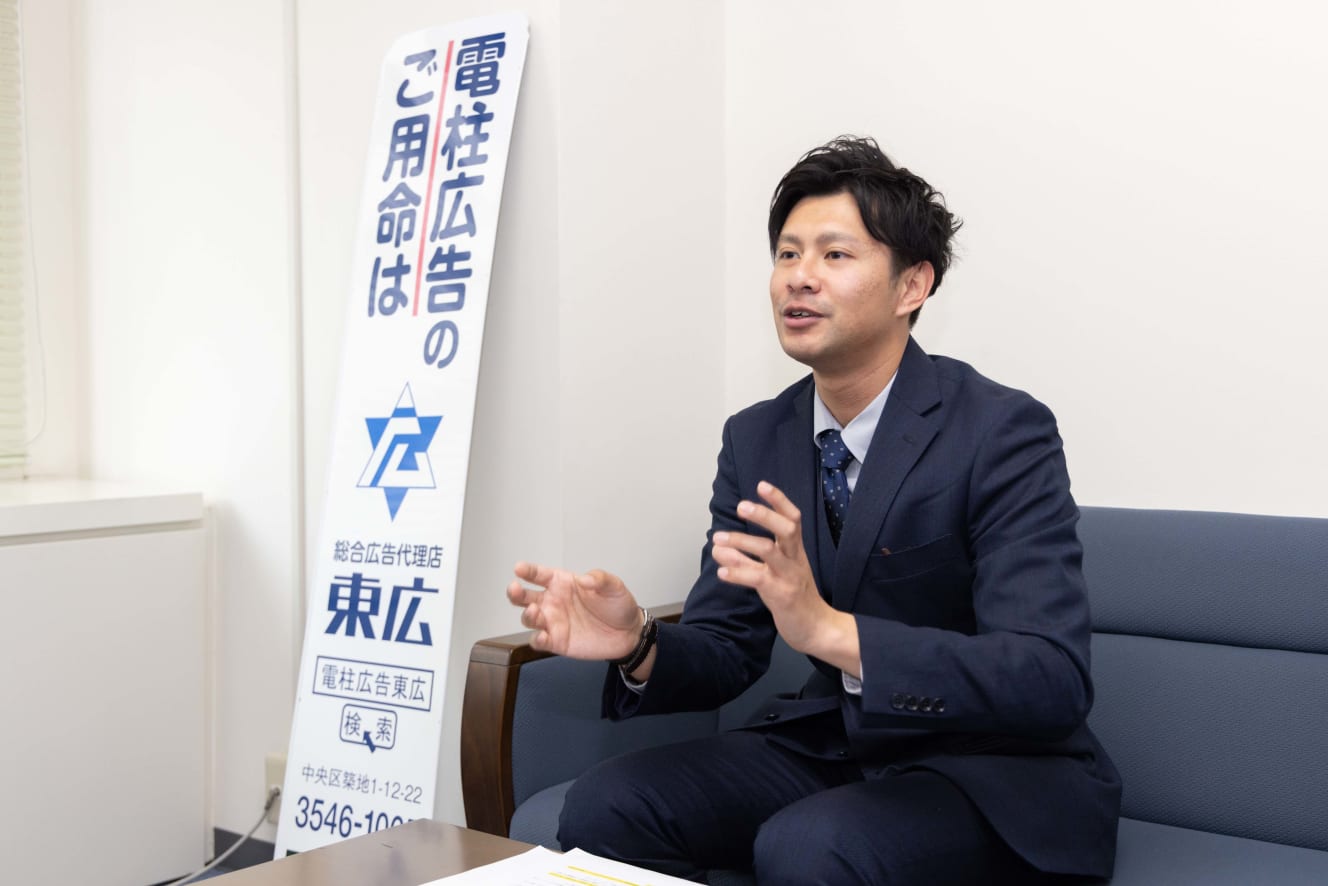
Many people are probably speechless at the unimaginably low price. However, this low price is a major point and the greatest merit that has spanned more than 130 years of history. Also, some of the stores have been using the service for more than 70 years.
Some of the shops have been using the service for more than 70 years. “By displaying the sign for such a long time, it helps to raise awareness in the area, I think it helps to support their business.
QR codes and Rilakkuma…new styles of ads on utility poles are popping up one after another!
It seems like we are seeing more and more ads with QR codes on utility poles.
I think that the QR code is a good idea, In addition to basic information such as business details and directions, some people add advertisements about their stores, etc. Recently, we have seen an increase in the number of customers requesting the display of QR codes.
In addition, we have been receiving an increasing number of customers requesting the display of QR codes. In addition, we also have advertising on utility poles using popular characters that we have licensed (Sumikko Gurashi, Rilakkuma, Gachapin Mukku, etc.), and characters and logos of local sports teams (FC Machida Zelvia, etc.). In addition, we have concluded agreements with local municipalities to provide public information, such as evacuation site information, on some of our customers’ billboard ads.

Adding local information required by the local government, such as “no littering” in downtown areas and “elevation above sea level” in areas near the sea, is said to help create a sense of unity with the local community.
Dentists have become the face of the city through bold “billboard advertising” operations at more than 300 locations…
There are various regulations for utility pole advertisements in addition to the height of the pole.
There are also differences in design regulations depending on the area. In Tokyo, black, red, and yellow cannot be used for the background, and the number of colors is limited to four. In other areas, however, photo data may be used.
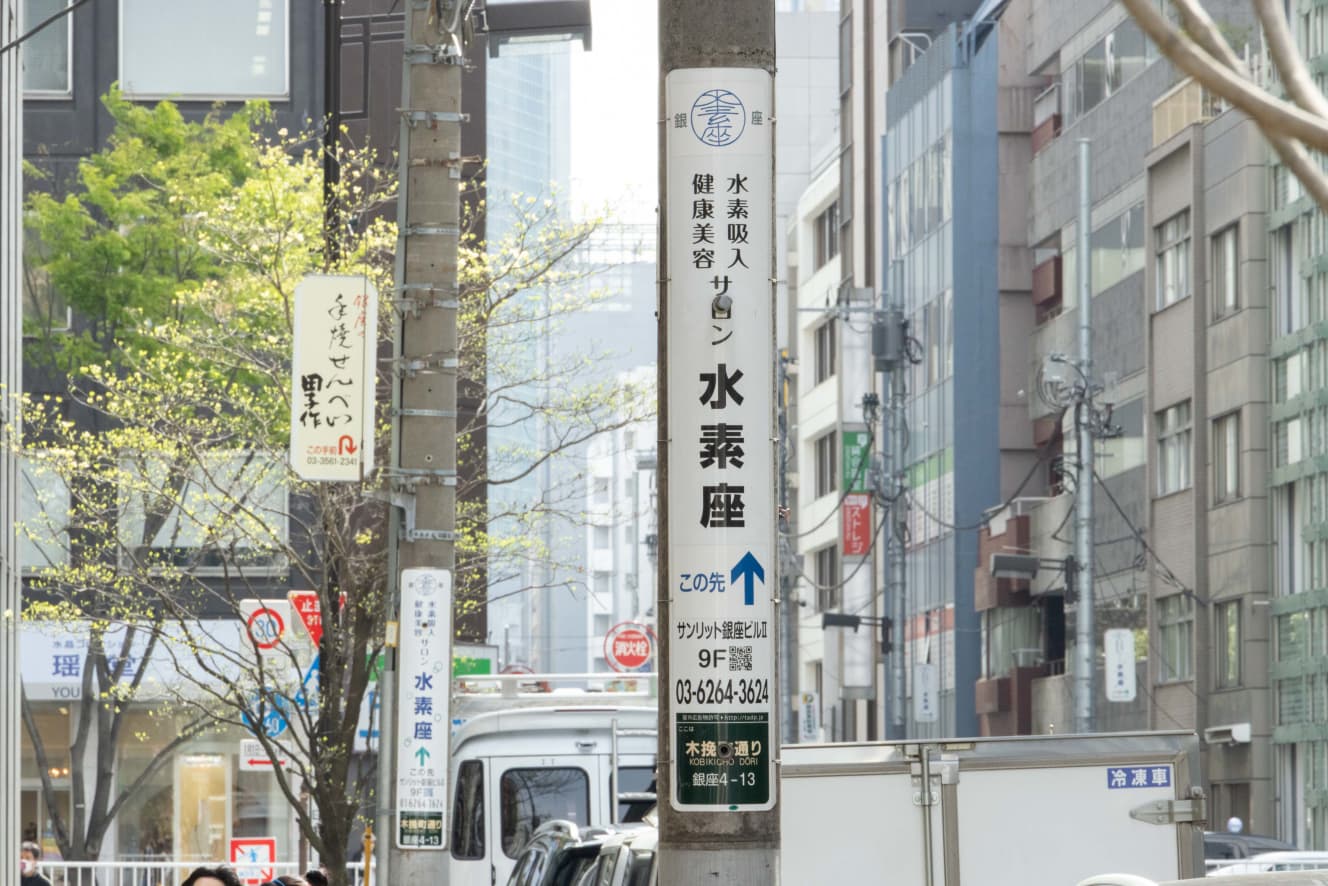
Although there are detailed rules, it is also true that various designs of advertisements have been created within the area. The only disadvantage, he says, is that in areas without utility poles, there are no utility poles, so advertisements on utility poles cannot be displayed.
However, according to Mr. Yagi, the increase in the number of areas without utility poles is not such a big problem.
“With redevelopment The number of areas without poles is increasing, but mainly in front of stations, in meccas, and in newly developed residential areas. There are still many utility poles outside of these areas, Local businesses are more likely to be recognized by the general public if they post in residential areas, as they target the general public.
A user who operates a coin-operated parking lot in a secluded residential area reported that his sales increased by 30% after installing an ad on a utility pole. When you have an ad on a telephone pole within your living area and see it frequently, as you do every day, your brain will naturally remember it and you will think of relying on it when you need it.
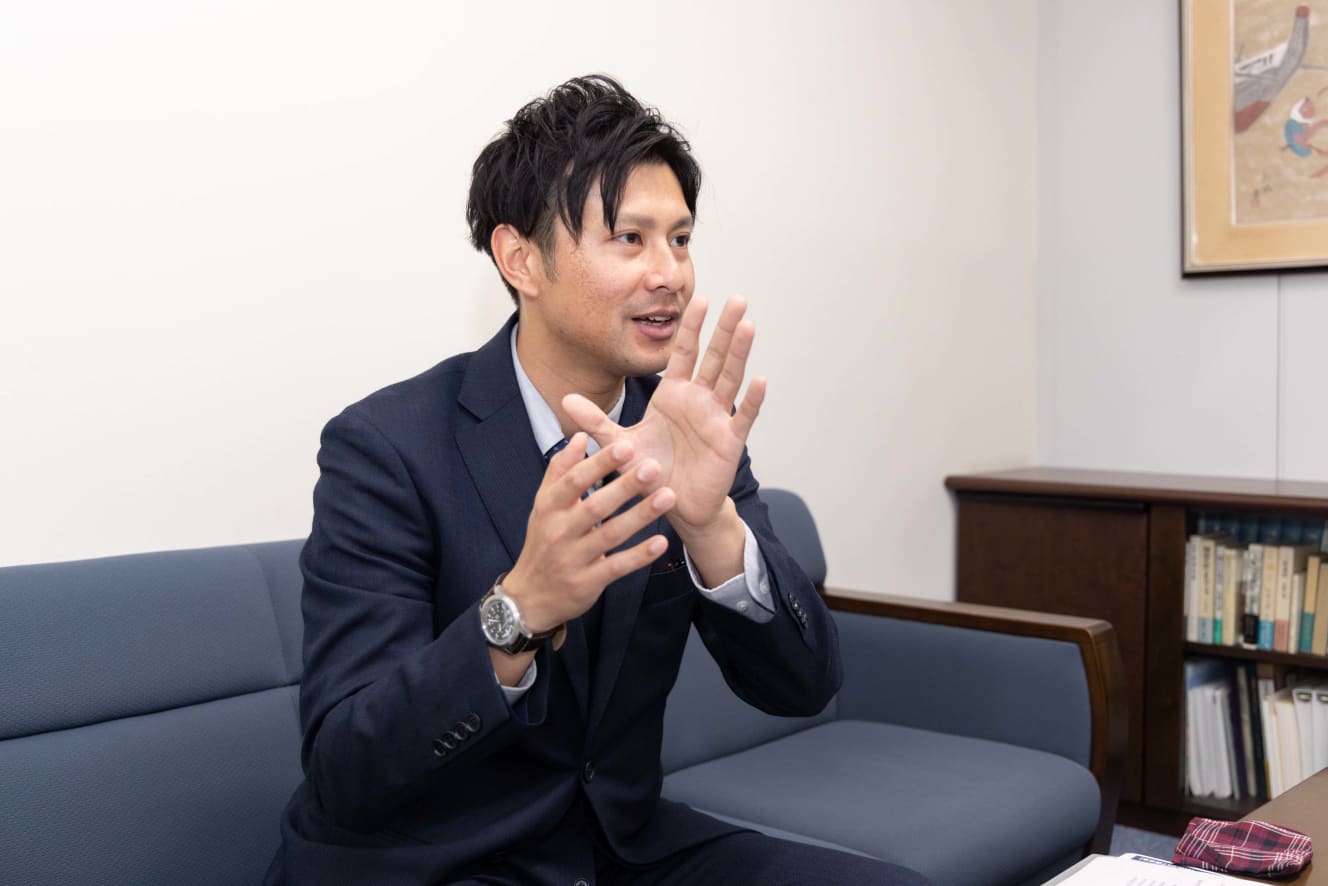
Some companies also use pole advertising as a marketing and branding strategy.
Some customers put up several billboards at once to give them a ‘jacked-up’ look.

A famous example of this is Akafuku in Ise City, Mie Prefecture, which has a lineup of utility pole advertisements that cover the entire area. The simple contact effect creates a sense of familiarity among viewers and stimulates their desire to purchase. It can be said that the advertisements are fully demonstrating the merits of advertising.
For some stores and industries that have been around for generations,
We are currently facing the problem of not being able to get rid of the expensive image of outdoor advertisements. We would like as many people as possible to know about it and use it as a gateway to advertising, both for those who are already doing business and those who are opening stores in the future.
Interview and text by: Motoko Abekawa
Motoko Abekawa works as a freelance writer mainly for the Web. She is also involved in the production of books and corporate PR magazines. She does not specialize in any particular field, but covers a wide range of topics that intrigue her, including history, comedy, health, beauty, travel, gourmet food, and nursing care.
PHOTO: Kenji Kawato